Enhancing Underwater Mass Spectrometry for Ocean Water Exploration Through In-Situ Calibration
A Collaboration with the University of Rhode Island
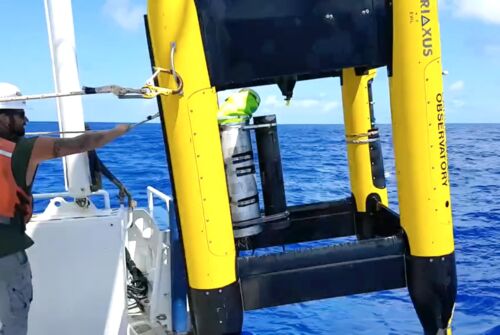
In a collaboration with Dr. Brice Loose, Associate Professor of Oceanography at the University of Rhode Island (URI)’s Department of Ocean Engineering, we are contributing to the optimization of their Submersible Wet Inlet Mass Spectrometer (SWIMS) for new exploration campaigns around the Earth oceans, especially those areas that hold key information for climate changing events, such as the polar regions.
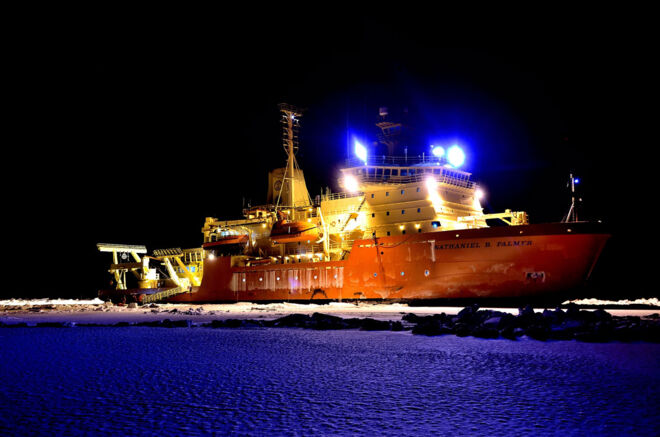
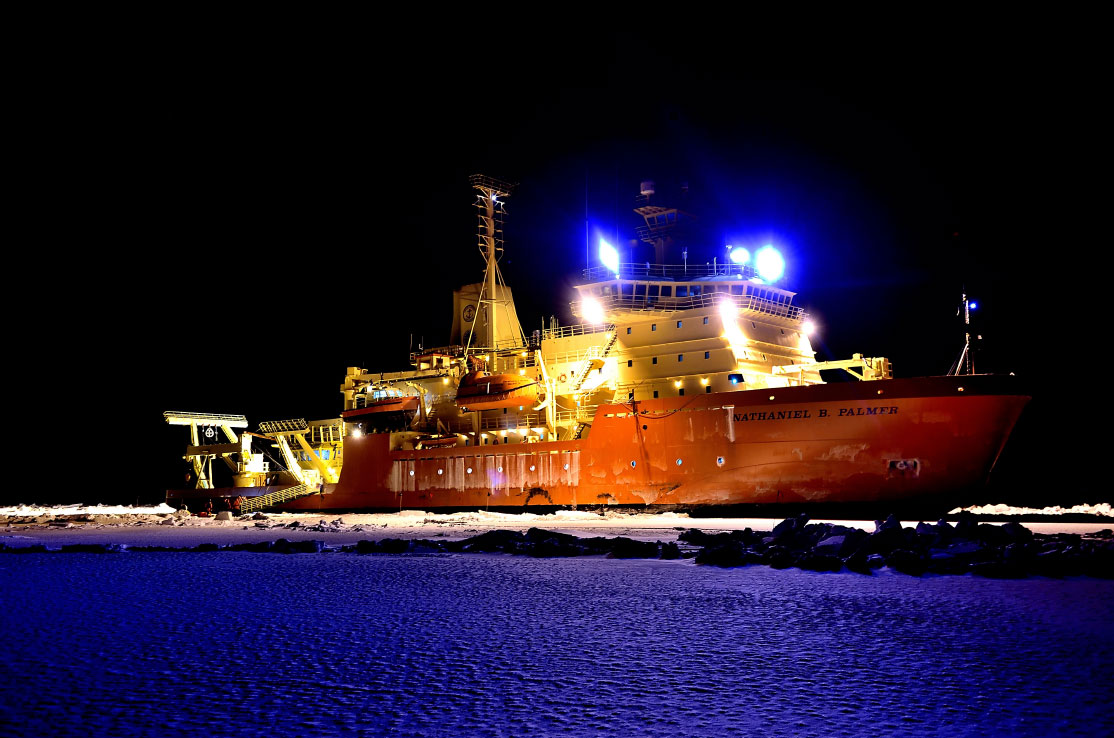
URI’s SWIMS, renowned for its unparalleled resolution in measuring volatile compounds, particularly dissolved gases in ocean waters, requires meticulous attention to various instrumental and environmental factors for accurate interpretation of the data collected. The instrument has been field tested at different ocean exploration campaigns characterizing the dissolved gases at key sites in our planet's ocean system, special around the poles.
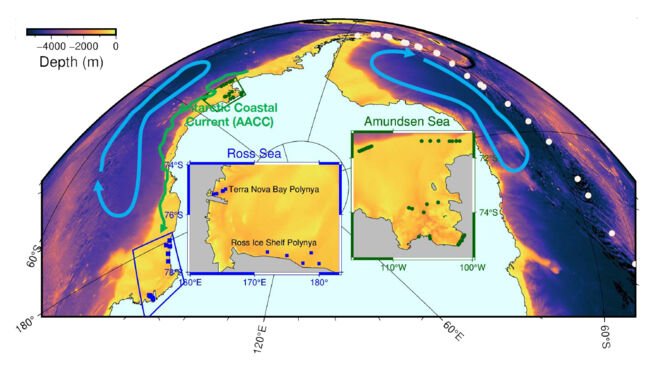
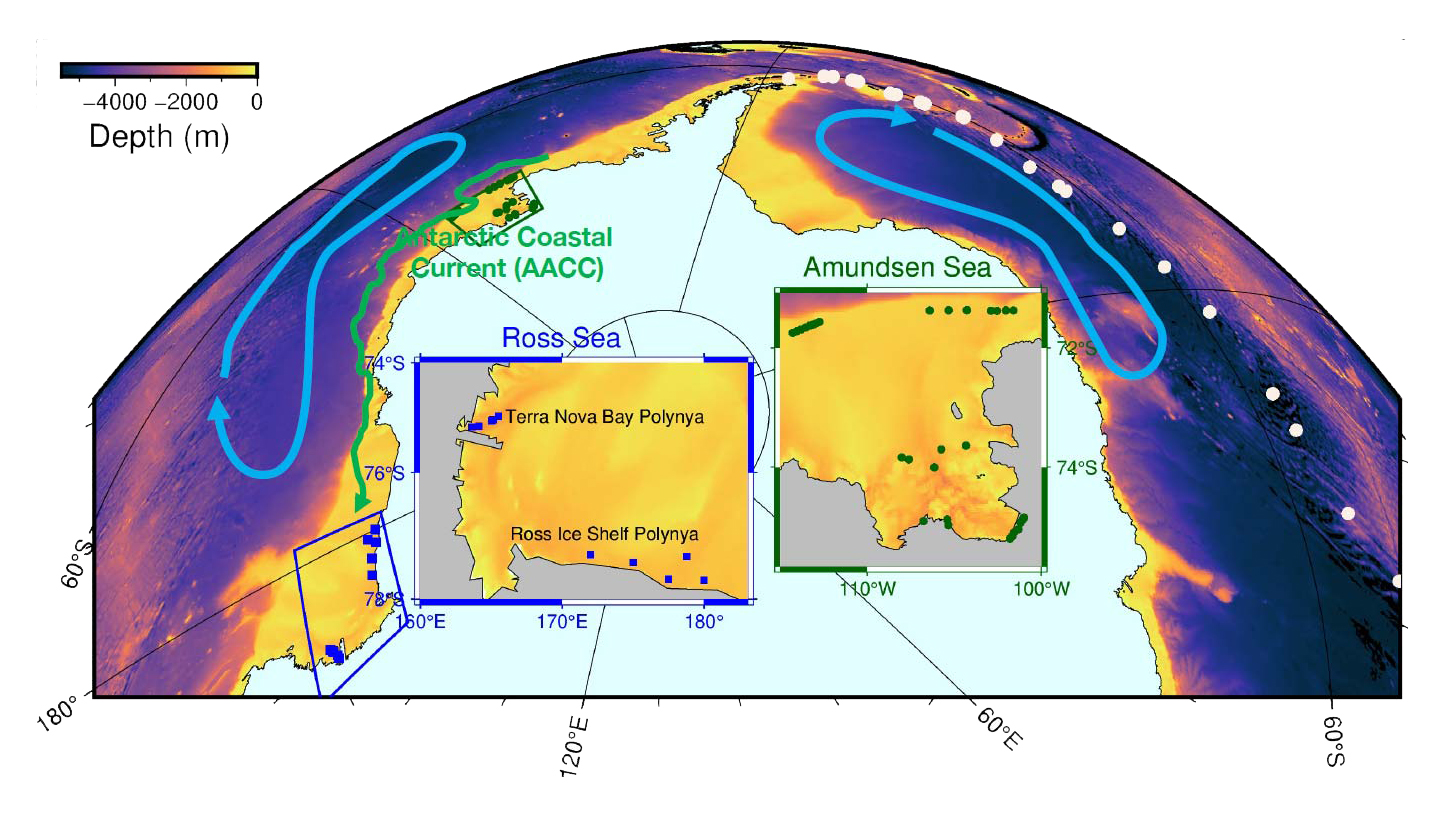
The SWIMS used by URI consists of a Transpector® MPH quadrupole mass spectrometer that includes a dual filament and programmable ion source parameters to differentiate gas signals with the same mass peak but different ionization potentials. The system requires a turbo pump system and special membrane inlet to introduce analytes in the water at variable from atmospheric pressure to very high pressures when measuring at significant depths to extract the dissolved gas concentration signals.
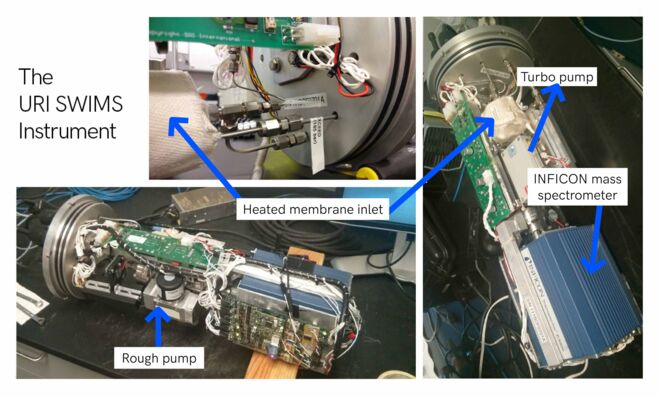
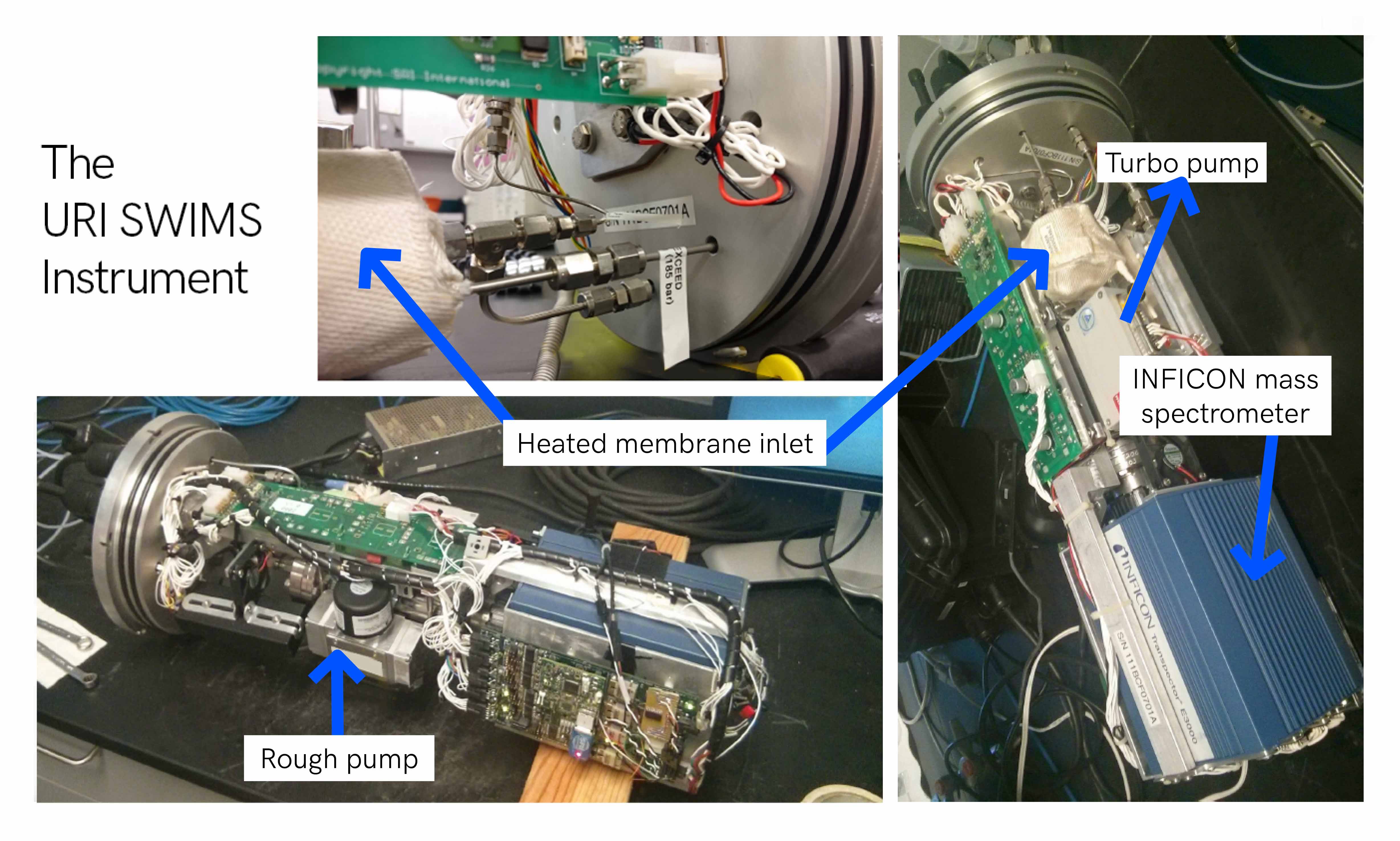
The SWIMS design was pioneered by Drs. Tim Short and Strawn Toler, along with other researchers from the University of South Florida, who developed underwater mass spectrometers (UMSs) and used them in various underwater platforms and vehicles for a variety of research projects. They currently serve as collaborators in this research exploration endeavor in which INFICON is supporting URI with the optimization of a new benchtop mass spectrometer system that uses the state-of-the-art Transpector MPH 200 MS version and will be used for shipboard measurements from collected water samples. This latest version also includes a BCG450 TripleGauge®. This system is ultimately envisioned to be incorporated into a new version of a UMS for future exploration campaigns.
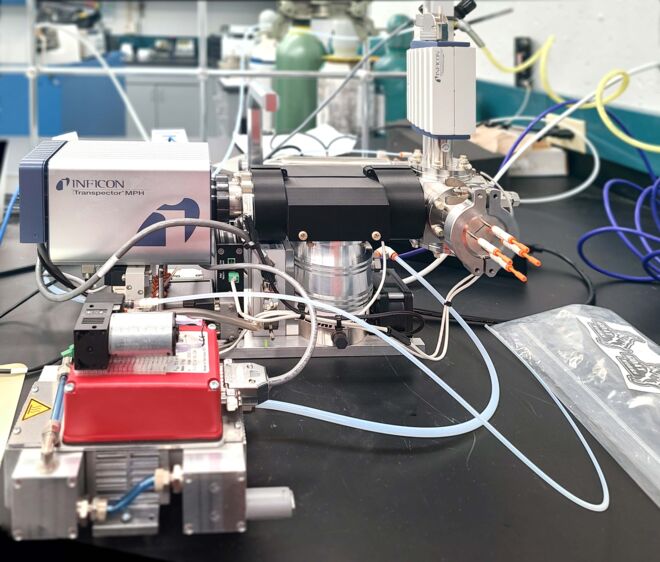
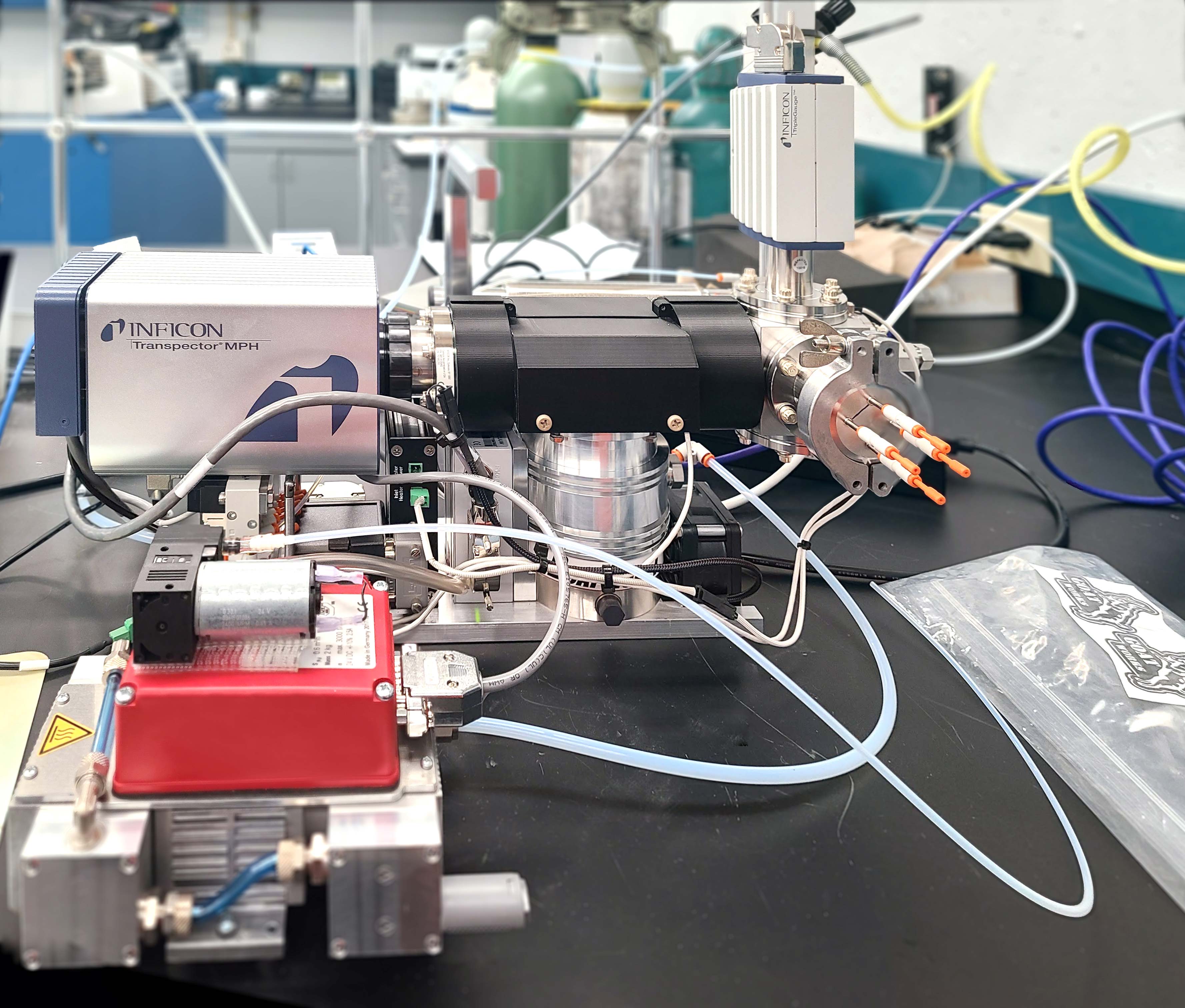
One significant aspect of this collaboration is the development of a new calibration method aimed at measuring and correcting the influence of key variables. These variables include hydrostatic pressure, instrument internal temperature, electronic noise, sample temperature, water vapor, and external water temperature changes. The innovative in-situ calibration method involves continuous sampling from a dissolved gas standard.
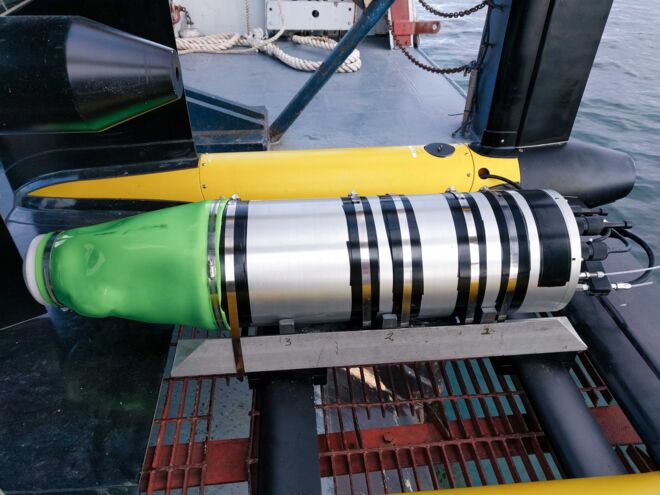
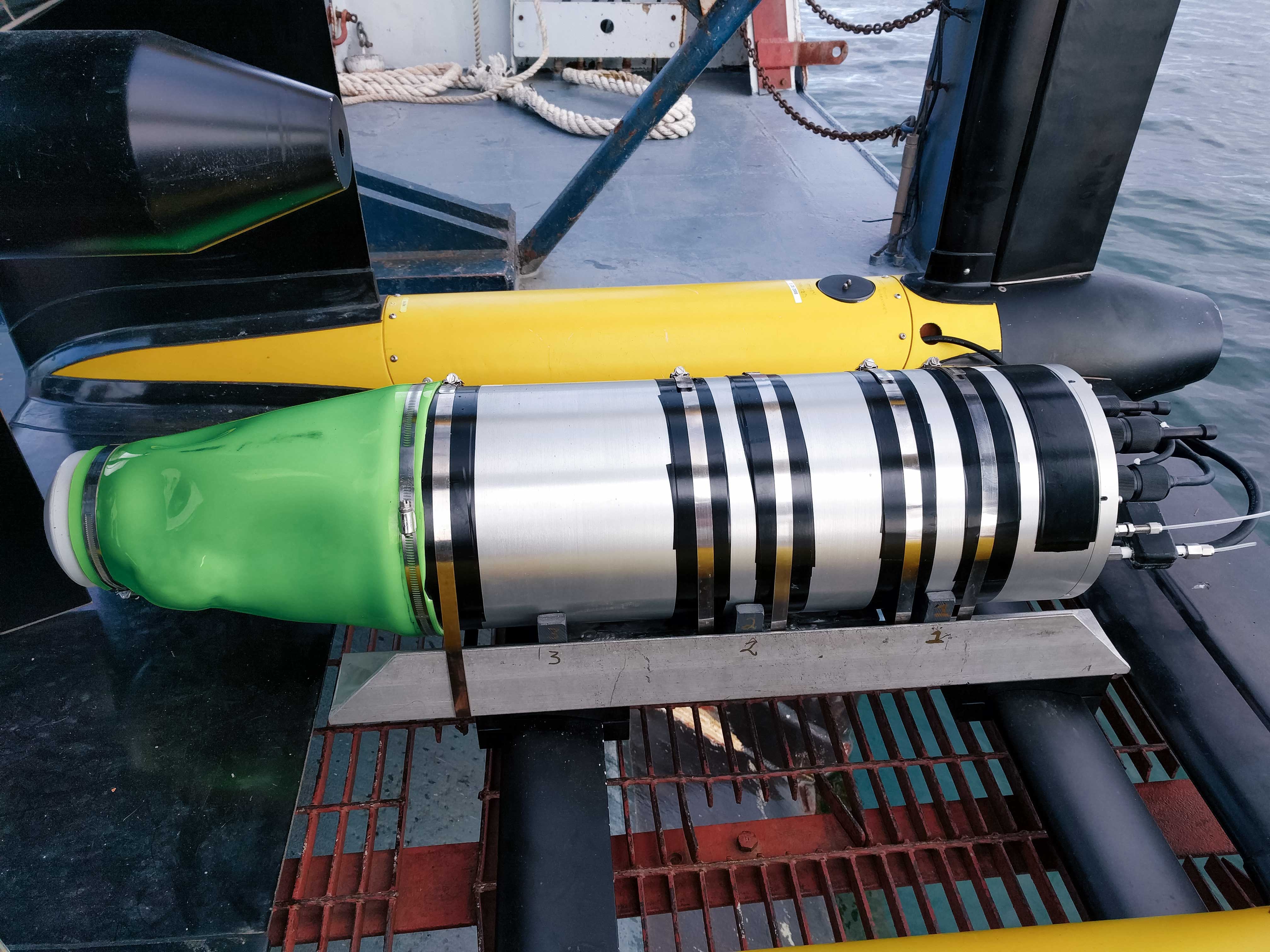
UMSs can be used on various platforms, depending on where they need to sample. These platforms include boats, remotely operated vehicles (ROVs), and manned submersibles. The choice of platform depends on factors like the sampling duration and the marine environment being studied, such as the surface ocean, coastal waters, deep ocean, or hydrothermal vents.
Deployed twice on a submersible tow vehicle to capture profiles throughout the euphotic zone, the SWIMS UMS and in-situ calibration system focused on measuring the primary atmospheric gases—N2, O2, Ar, and CO2. The objective was to scrutinize how independent variables such as pressure, internal temperature, electronic noise baseline, sample temperature, water vapor pressure, and in-situ water temperature contribute to variability in UMS readings.
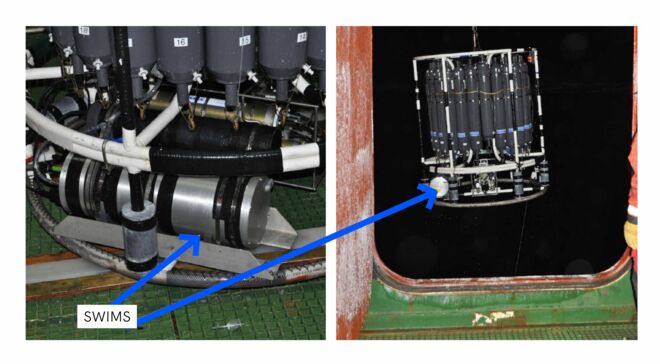
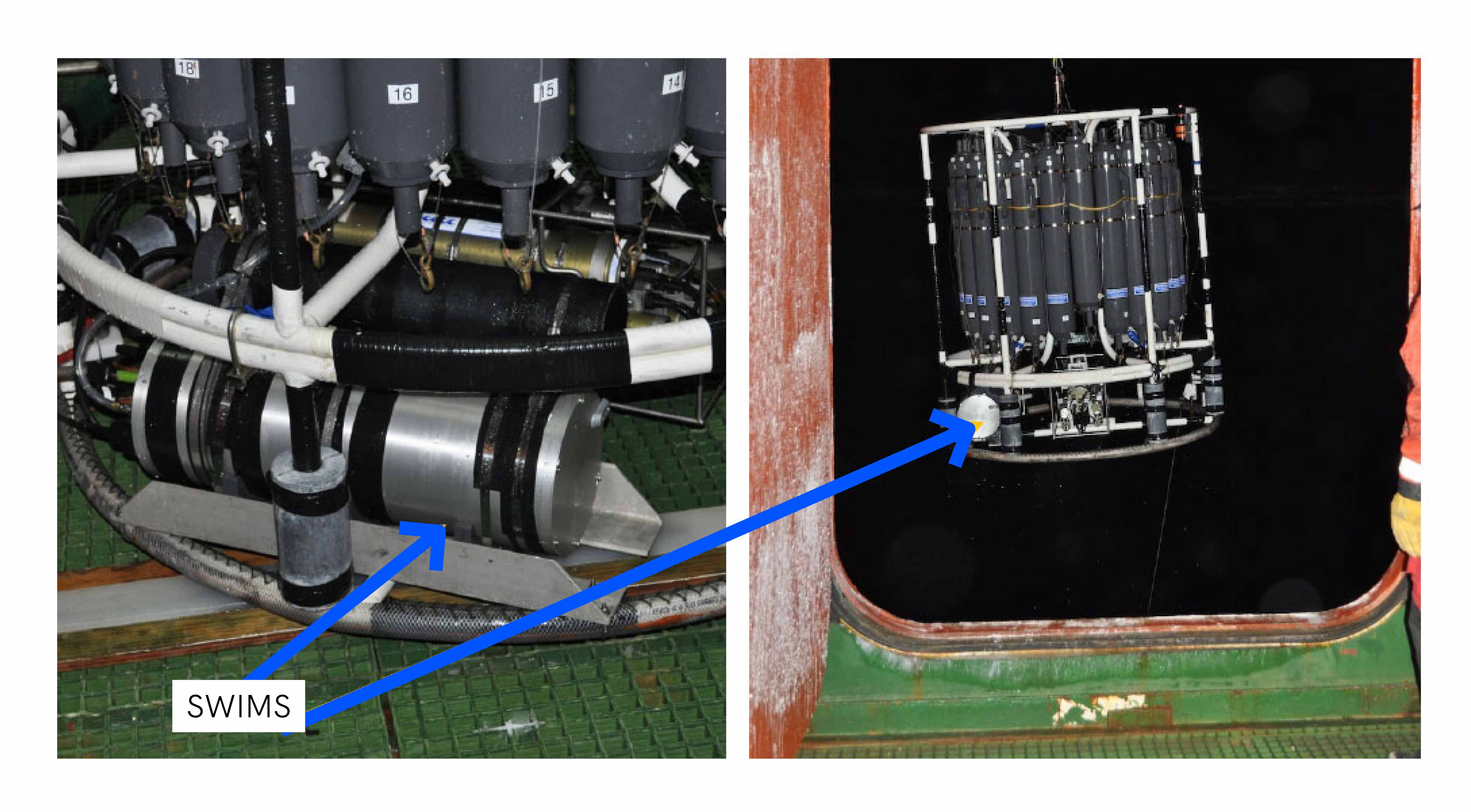
Utilizing Principal Component Analysis to evaluate sources of variability and Generalized Additive Models to correct UMS output, the collaborative efforts successfully achieved corrections within a 1% error margin.
UMS technology, based on membrane inlet mass spectrometry (MIMS), offers significant advantages in underwater gas quantification. By directly obtaining samples from the environment without manual intervention, the UMS eliminates sampling artifacts and allows for high sample throughput rates. Moreover, prolonged in-situ deployments enable sophisticated statistical analyses of environmental signals, enhancing our understanding of oceanic processes.
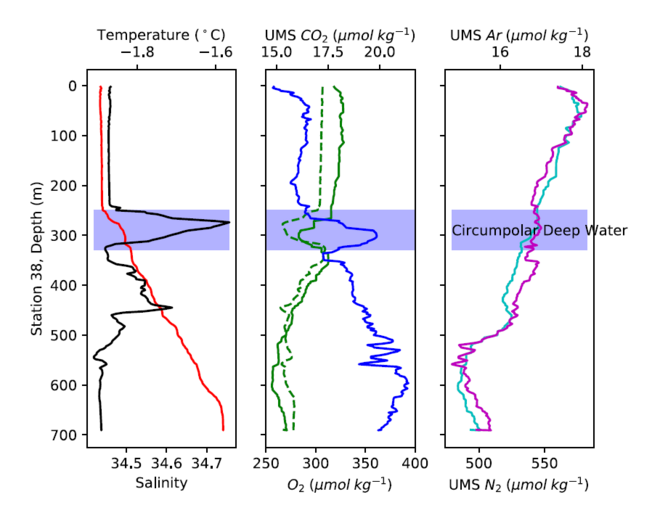
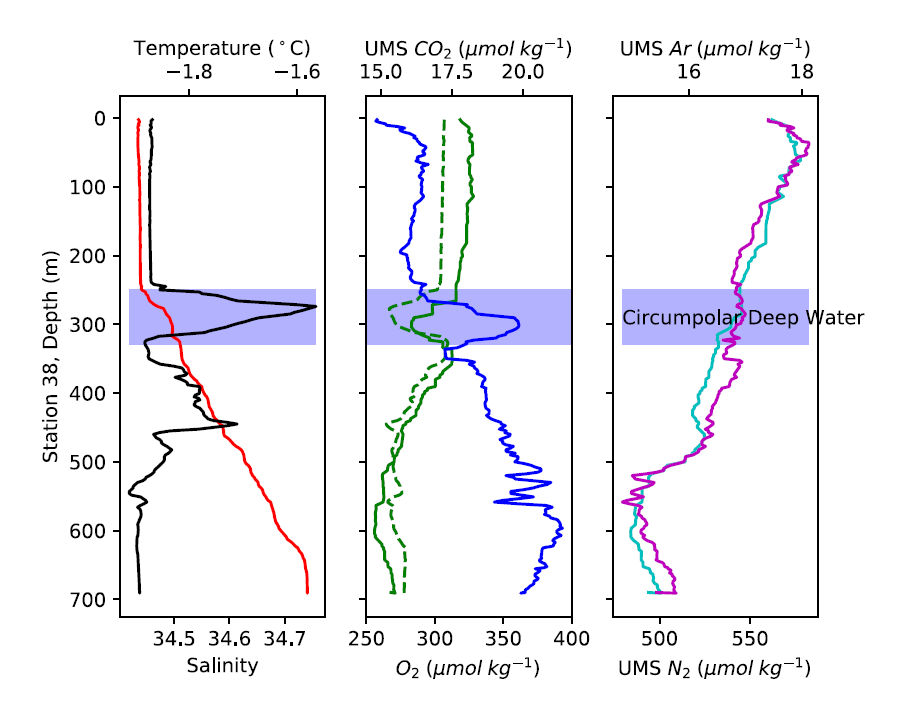
This collaborative initiative between URI and INFICON’s Emerging Technologies Research Team represents a step forward in advancing the capabilities of UMS technology, providing valuable insights into dissolved gas dynamics in the ocean.
Innovation is at the core of our efforts as we collaborate with the University of Rhode Island's Department of Ocean Engineering. It's no easy feat to reach scientific targets, especially in projects like these where precise measurements are crucial to understanding and mitigating the effects of climate change. Nevertheless, our commitment remains strong.
Let's continue to push boundaries and strive for a deeper understanding of our planet's complex systems.
Interested in Collaborating with us?
Let us know if you are looking for a solution in a difficult and challenging environment, or if you want to collaborate in any of our projects.
Read more about our other research projects
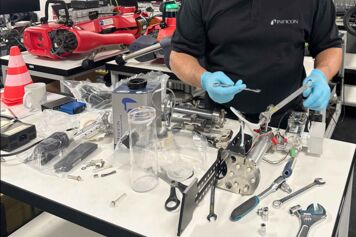
Overview on research projects with partners like NASA and ETH Zurich on future technology. We strive to advance innovation and push technological boundaries.
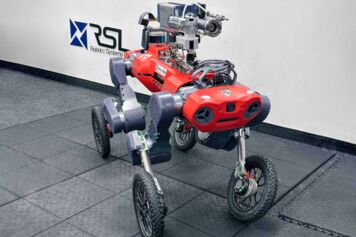
In collaboration with ETH Zurich's Robotic Systems Lab, we are working on a project named ARAMMIS – Autonomous Robots for Area Mapping, Monitoring, and In-situ Sensing.
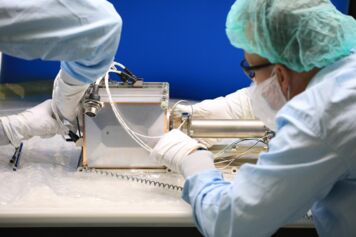
As experts in gas sensing and vacuum measurements in many industries including semiconductor, energy and security, our teams are always looking for the “what’s next” in innovation.
Scientific Publications
- Short, R.T., Fries, D.P., Kerr, M.L., Lembke, C.E., Toler, S.K., Wenner, P.G. and Byrne, R.H. (2001) Underwater mass spectrometers for in situ chemical analysis of the hydrosphere, J. Am. Soc. Mass Spectrom. 12, 676-682.
- Wenner, P.G., Bell, R.J., van Amerom, F.H.W., Toler, S.K., Edkins, J.E., Hall, M.L., Koehn, K., Short, R.T., and Byrne, R.H. (2004) Environmental chemical mapping using an underwater mass spectrometer, Trends in Anal. Chem., Special issue on deploying mass spectrometers in harsh environments, 23, 288-295.
- Kibelka, G.P.G., Short, R.T., Toler, S.K., Edkins, J.E., and Byrne, R.H. (2004) Field-deployed underwater mass spectrometers for investigations of transient chemical systems, Talanta 64, 961-969.
- Loose, B., R. T. Short, and S. Toler. “Instrument Bias Correction With Machine Learning Algorithms: Application to Field-Portable Mass Spectrometry.” Frontiers in Earth Science 8 (2020): 557.
